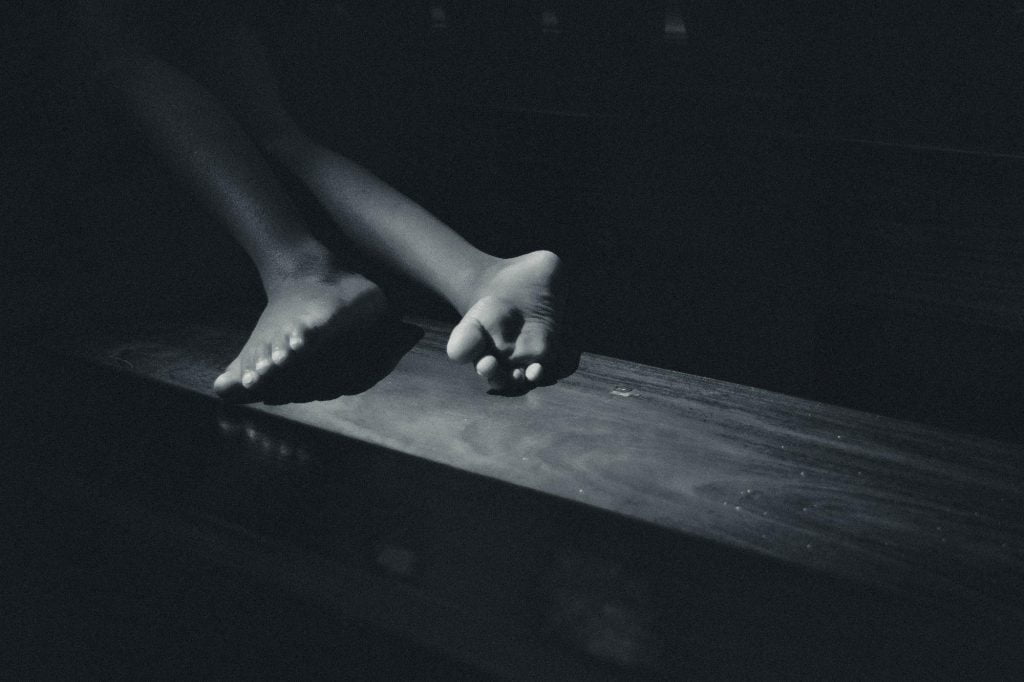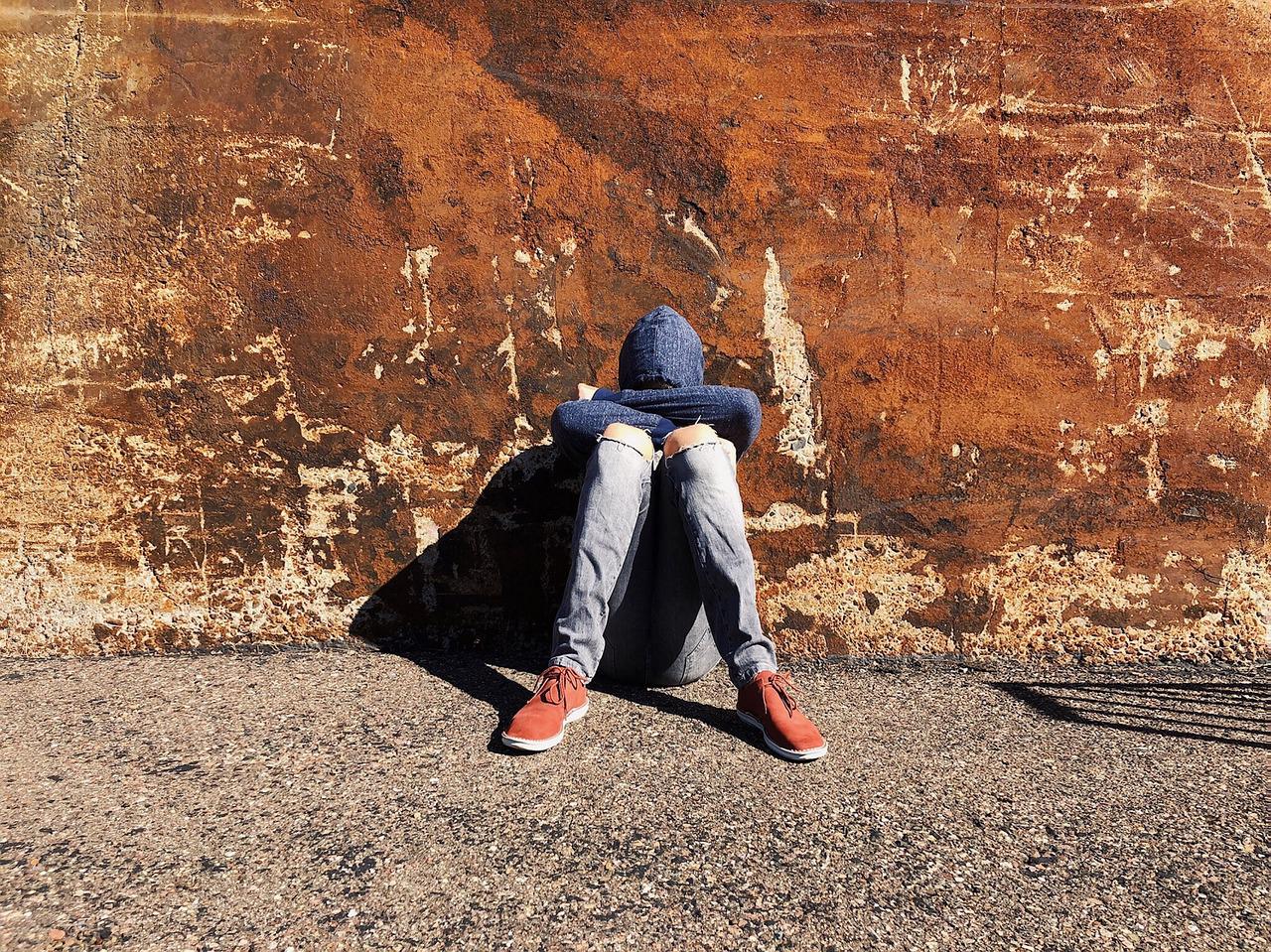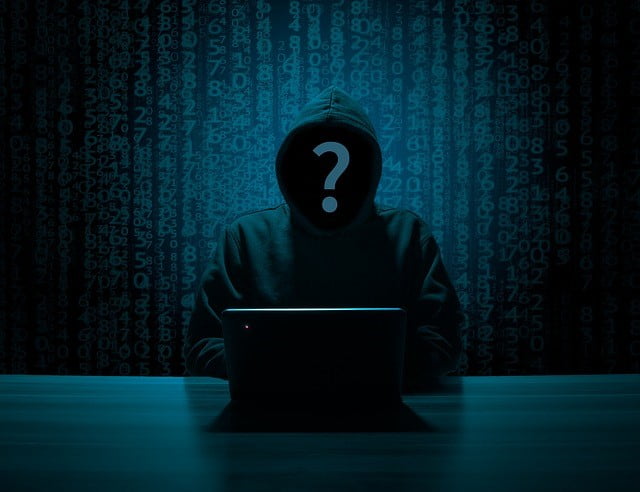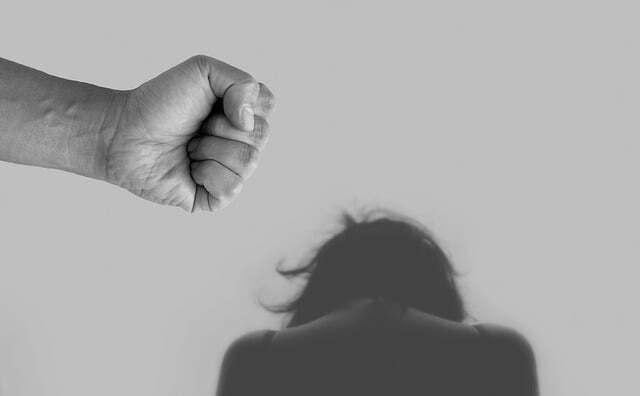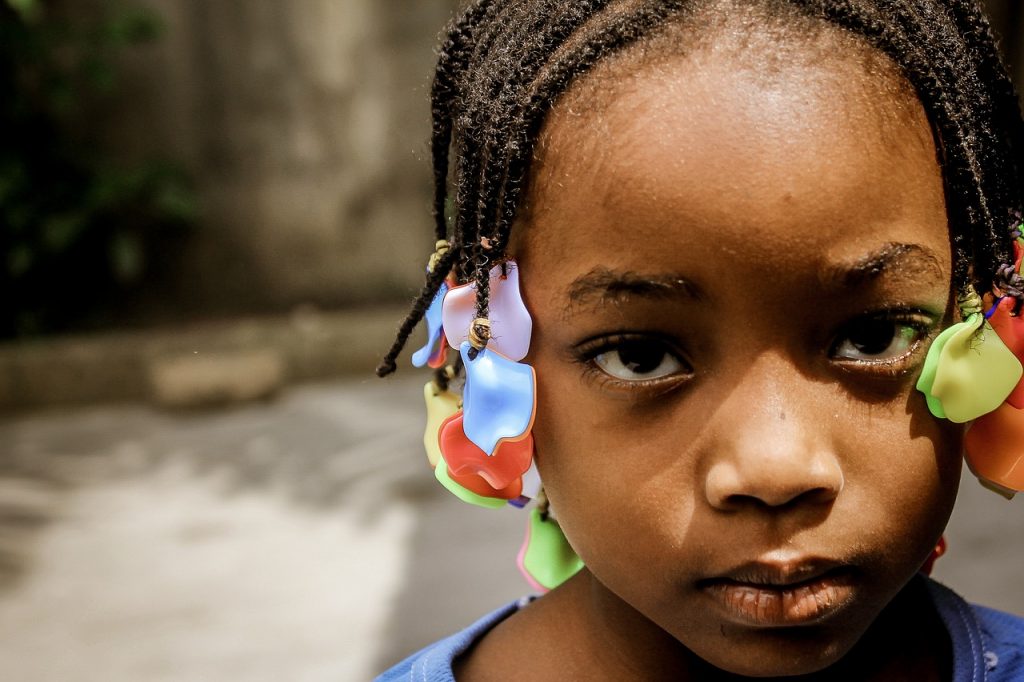Abuse linked to a belief in spirit possession is difficult for professionals to identify, understand and sometimes accept. It sits outside the norm and there is a danger that although the signs are there for professionals to see, they could be dismissed as superstitious nonsense, steeped in the ‘dark ages’. To adopt this view could seriously hamper attempts to safeguard a child with potentially fatal consequences. Below we take a look at the very specific indicators associated with this specific area of child abuse.
What are the indicators of abuse?
Generally, the signs will not differ from other types of abuse and will include:
- physical injuries such as marks, bruises or burns
- the child being, withdrawn, distressed, disorientated or isolated
- loss of weight, hunger/malnourishment
- poor hygiene, unkempt, dirty clothes
- irregular attendance at school
Specific indicators
Specific indicators that the abuse may be linked to spirit possession/witchcraft may be present when professionals interact with the family.
Signs to look out for include:
- does the family come from a community or religion where such beliefs are widely accepted?
- has there been a change in the family dynamic or structure. Are the family under pressure?
- does the parent/carer put a high value on preserving family honour?
- are there reasons why the child might have been made a scapegoat?
- are there comments being made about the child being ‘different’?
- is the child different from other children in the family or community e.g. disabled, epileptic, suffer an illness?
- what is the relationship between the child and their carer? Are they directly related to the child?
- what is the family structure? Are they treated differently to the other children in the household?
- is the parent or carer indicating that they are blaming the child for the family’s misfortune?
- is there a lack of concern or close bond between the child and the parent/carer?
- is the parent/carer afraid to be near or alone with the child?
- is the child isolated by the family i.e. kept in a room, forced to eat alone? Where do they sleep and what conditions do they live in?
- is there an unborn child expected? There may be a belief that the evil spirit will be passed onto the expected child and this may escalate the violence against the abused child.
- is there any religious literature relating to witchcraft/possession in the house?
- are there any plans to send the child to another country (this may be for ‘deliverance’)?
- has the child disclosed that they are or have been accused of being ‘evil’, being possessed by the devil?
- does the child believe they are possessed?
- does the child talk of ‘eating people’ or of ‘changing into an animal’?
- does the child shy away from other children, believing that he/he may infect others?
- does the parent/carer recognise their faith or community leader as all powerful? Although most faith leaders and groups will not condone the abuse or beliefs, care should be taken that the family are not being directed by powerful faith figure or involved in a place of worship that view the abuse as normal practises or are exploiting the situation or the family.
- are there concerns for the mental health of the parent/carer or substance abuse involved?
- are the family being stigmatised or shunned within their community?
Professionals should ensure you have an understanding of the family’s culture. Seek advice about a culture, religion, or set of beliefs that you do not understand, or which you are unfamiliar with. The signs may be quite evident, with some cultures believing that what they are doing is for the good of the child and that they are helping rid him/her of demons. They may not understand that what they are doing is abusive and against the law.
On the other hand, the signs may be kept well hidden by a parent/carer who knows that the abuse is wrong and wants to avoid detection by the authorities. It will be important therefore to be intrusive, ensuring where possible that you check the home for signs of child abuse including inspecting the child’s bedroom or sleeping arrangements.
Establish the family structure, what are the roles of the adults and who cares for the child? It is vital that the child is spoken to alone and preferably in a safe environment where they feel comfortable. If the child doesn’t speak English, then do not accept the adult or another child in the house to translate. An interpreter from the national register will be required.
The use of correct terminology will help you identify whether a child is at risk and may also assist in building a rapport with the child and carer. Terminology differs greatly between cultures and includes:
- Witch or witchcraft
- Black magic
- Evil eye
- Sorcery or child sorcerer
- Possessed by the Holy Spirit
- Kindoki and Ndoki (central Africa)
- Genies or Djinns (Arabic, Islamic)
- Demons, poltergeist (European)
- Juju and Obeah, (west Africa and Caribbean)
- High Science, voodoo (Caribbean, West Indian community)
- Dainee (Bengali)
- Dakini (in the Hindu context)
Where to find support and more information: –
Africans Unite against Child Abuse (AFRUCA) – a charity advocating the rights and welfare of African children and dealing with topics such as FGM, Trafficking, Witchcraft.
The Governments ‘National action plan to tackle child abuse linked to faith or belief’
London Child Protection Procedures – Spiritual, Cultural and Religious Beliefs
The Victoria Climbié Foundation UK – a charity advocating the rights of every child to be protected from abuse.
Inform – The Information Network on Religious Movements – an independent charity whose primary aim is to help people by providing them with information that is as accurate, balanced, and up-to-date as possible about alternative religious, spiritual and esoteric movements.
Thanks for reading. In the last article on this particular topic, we will look at what we as professionals should do when identifying a child at risk of abuse through belief or faith.

